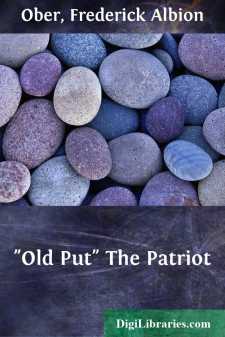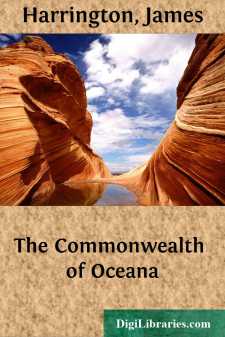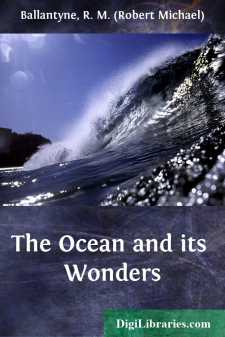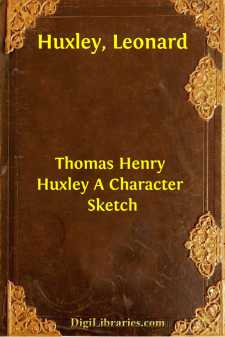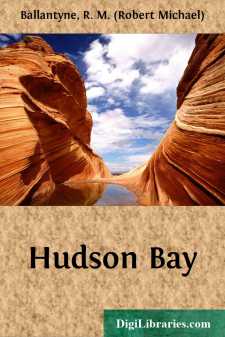Non-Classifiable
- Non-Classifiable 1768
Non-Classifiable Books
Sort by:
by:
Walter Besant
HAMPSTEAD The name of this borough is clearly derived from "ham," or "hame," a home; and "steede," a place, and has consequently the same meaning as homestead. Park, in a note in his book on Hampstead, says that the "p" is a modern interpolation, scarcely found before the seventeenth century, and not in general use until the eighteenth. HISTORY Lysons says that the Manor...
more...
by:
Alexander Whyte
IGNORANCE “I was alive without the law once.”—Paul. “I was now a brisk talker also myself in the matter of religion.”—Bunyan. This is a new kind of pilgrim. There are not many pilgrims like this bright brisk youth. A few more young gentlemen like this, and the pilgrimage way would positively soon become fashionable and popular, and be the thing to do. Had you met with this young...
more...
CHAPTER I BIRTHPLACE AND YOUTH This is the life story of one who was born on a farm, and died on a farm, yet who achieved a world-wide fame through his military exploits. It has been told many times, it will be told for centuries yet to come; for the world loves a man of high emprise, and such was Israel Putnam, the hero of this story. He was born January 7, 1718, in Danvers, then known as Salem...
more...
by:
Amy Steedman
THE FINDING OF MOSES Many long years had passed since the days when Joseph's brothers and their families had settled in the land of Egypt. They were a great nation in numbers now, but the Egyptians still ruled over them, and used them as servants. The Pharaoh who had been so kind to the shepherds from Canaan was dead long ago, and the new kings, or Pharaohs as they were called, hated foreigners,...
more...
by:
James Harrington
INTRODUCTION TO OCEANA JAMES HARRINGTON, eldest son of Sir Sapcotes Harrington of Exton, in Rutlandshire, was born in the reign of James I, in January, 1661, five years before the death of Shakespeare. He was two or three years younger than John Milton. His great-grandfather was Sir James Harrington, who married Lucy, daughter of Sir William Sidney, lived with her to their golden wedding-day, and had...
more...
What the Ocean has to Say—Its Whispers—Its Thunders—Its Secrets. There is a voice in the waters of the great sea. It calls to man continually. Sometimes it thunders in the tempest, when the waves leap high and strong and the wild winds shriek and roar, as if to force our attention. Sometimes it whispers in the calm, and comes rippling on the shingly beach in a still, small voice, as if to solicit...
more...
A DAY WITH KEATS About eight o'clock one morning in early summer, a young man may be seen sauntering to and fro in the garden of Wentworth Place, Hampstead. Wentworth Place consists of two houses only; in the first, John Keats is established along with his friend Charles Armitage Brown. The second is inhabited by a Mrs. Brawne and her family. They are wooden houses, with festooning draperies of...
more...
by:
Leonard Huxley
I INTRODUCTORY The object of a full-dress biography is to present as complete a picture as may be of a man and his work, the influence of his character upon his achievement, the struggle with opposing influences to carry out some guiding purpose or great idea. With abundant documents at hand the individual development, the action of events upon character, and of character upon events, can be shown in...
more...
Preface. In publishing the present work, the Author rests his hopes of its favourable reception chiefly upon the fact that its subject is comparatively new. Although touched upon by other writers in narratives of Arctic discovery, and in works of general information, the very nature of those publications prohibited a lengthened or minute description of that everyday life whose delineation is the chief...
more...
CHAPTER 69, STATUTES 1913. An act to provide for the licensing, inspecting and regulating of maternity hospitals or lying-in asylums, and institutions, boarding houses and homes for the reception and care of children, by the state board of charities and corrections, and providing a penalty for the violation of the provisions of this act. [Approved April 23, 1913. In effect August 10, 1913.] The people...
more...




